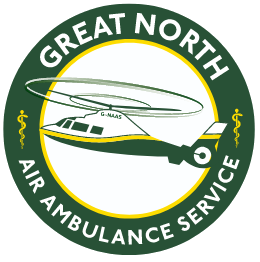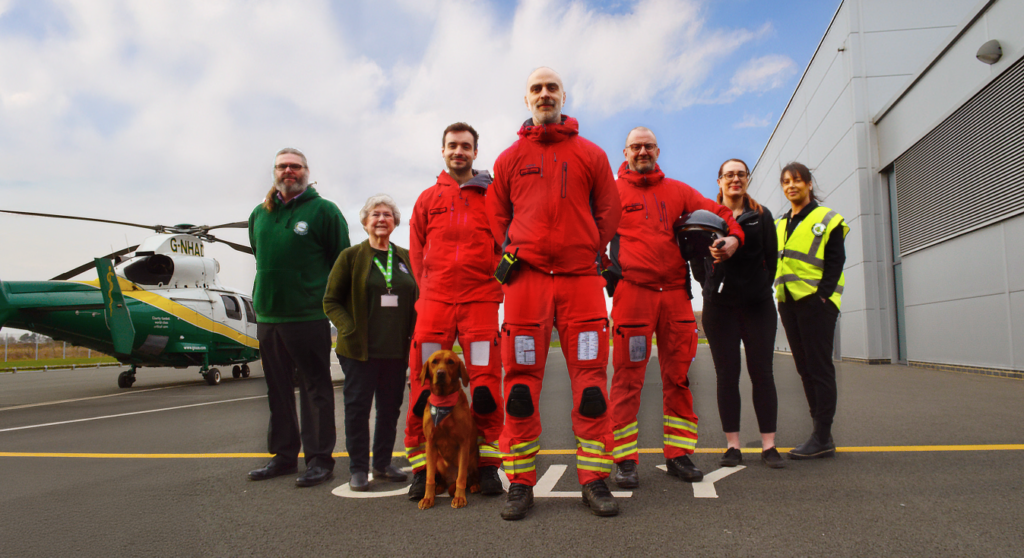Spotting a helicopter landing in your hometown is exciting.
Honestly, even at GNAAS HQ, we still find ourselves reaching for our phones when the crew comes in to land. It’s a spectacle, and we’re proud of the attention it brings to the life-saving work our teams do.
Our pilots usually praise the friendly, respectful people who stop by for a chat. However, large groups of unsupervised teens can sometimes create safety and logistical challenges.
Pilot JJ, who’s experienced it all, shared with us some advice on how our supporters can can help make landings safer and smoother when our helicopter visits your town.
Steer clear
Take offs and landings are one of the most critical phases of any helicopter mission, and the time when it’s essential to keep a safe distance.
Approaching the aircraft, running underneath it, or attempting to touch any moving parts while it’s in motion is extremely dangerous and should always be avoided.
While pilot JJ says he hasn’t personally encountered this kind of behaviour, it’s something that’s always on his mind. Ensuring public safety during landings is a top priority for every crew member.
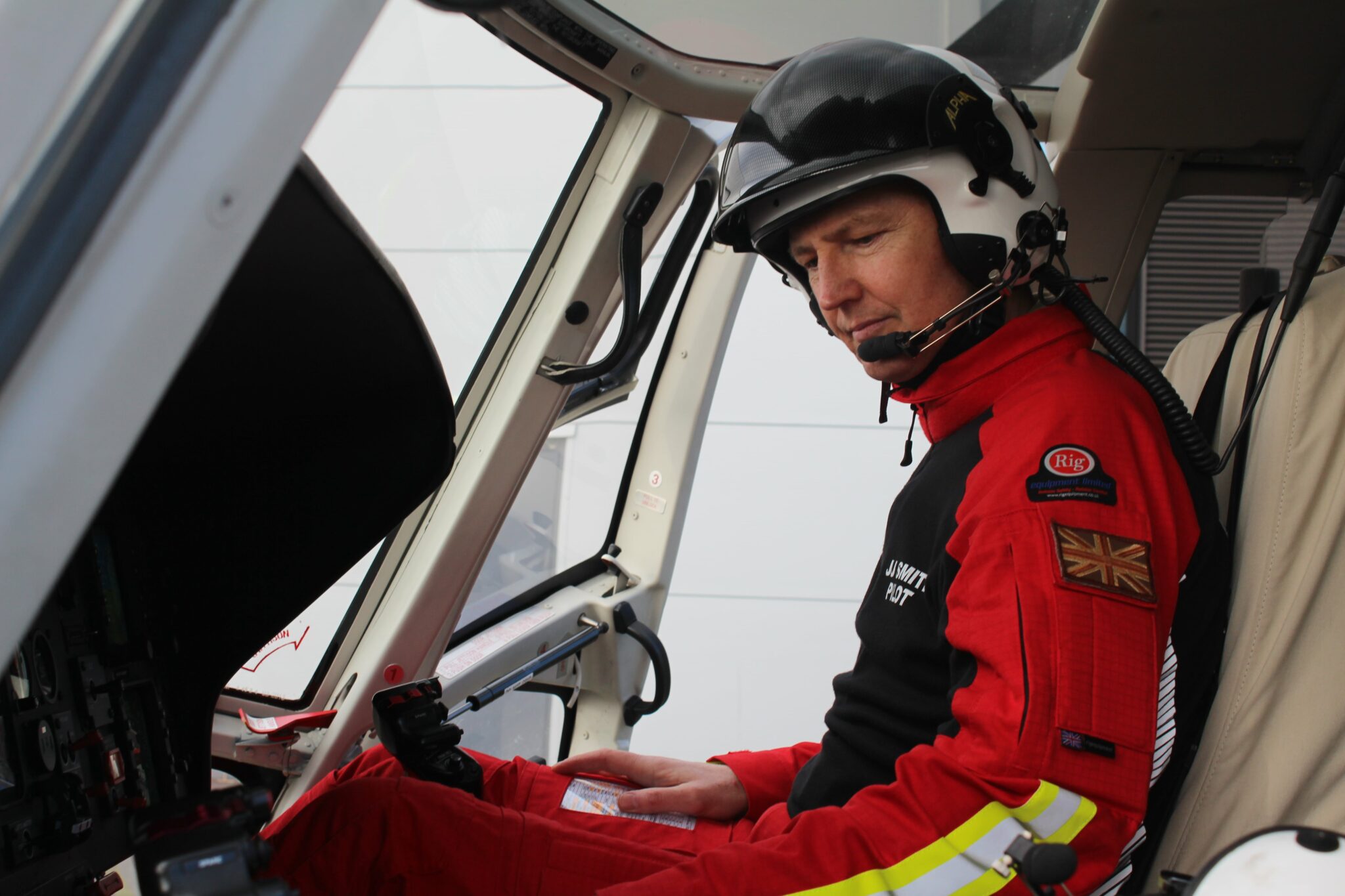

You can look but you can’t touch
There are several key parts of the aircraft that are surprisingly delicate and absolutely essential to safe flight. Here are a few that need to be left well alone:
Tail rotor blades: These can be bent or damaged by even light contact – they’re critical for controlling the aircraft and keeping it stable in the air.
Pitot tubes: Those three small prongs sticking out from the front of the aircraft? They measure air pressure to feed vital data to the instruments.
Vertical stabiliser: Found at the rear of the helicopter, this component helps maintain stability during forward flight.
If any of these components are harmed, whether through curiosity or a well-meaning touch, it can cause injury, ground the aircraft, delay critical care, and cost our charity thousands in repairs.
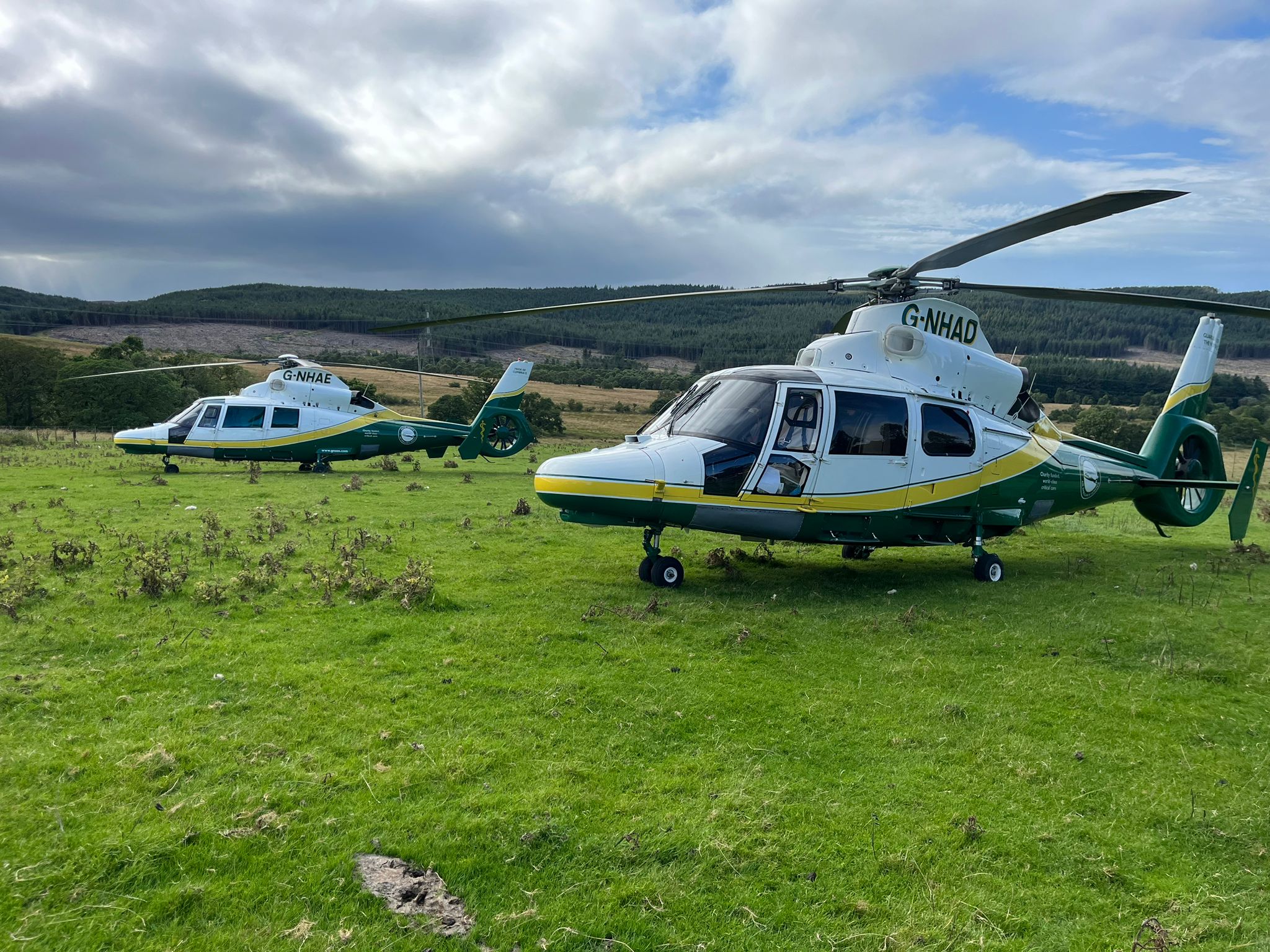

Your guide for safe helicopter landings
Well, JJ’s first answer was, of course, “clap.” – We won’t stop you from giving him a round of applause!
If you spot our aircraft coming in, there are a few simple things you can do to help us carry out our mission safely and efficiently:
- Keep at least 40 metres away – this gives the crew space to unload equipment and prepare to depart
- Do not approach the aircraft until the rotors have fully stopped and the engine has been shut down
- Wait until our pilot has exited and completed a walk-around check before approaching
- Let our doctor and paramedic get to work – they need quick, unhindered access to their equipment to deliver life-saving care
- Respect the dignity of the patient and their loved ones – this is often one of the worst days of their lives
- Follow any instructions from the pilot – they’re focused on keeping everyone safe
And one final friendly request from JJ: please don’t ask what’s happened – he can’t tell you, even if he wanted to!
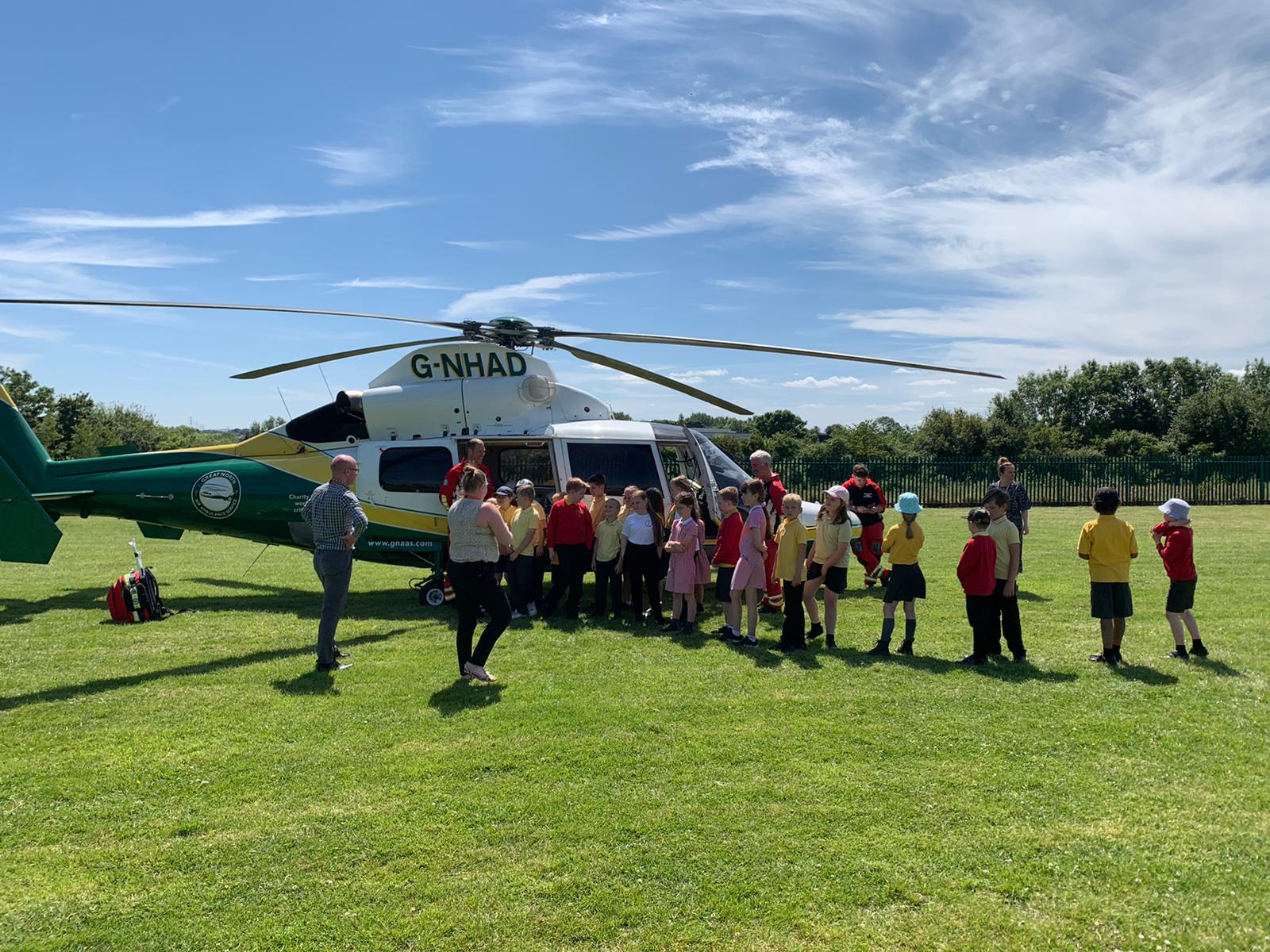

Do say hello
We want to be clear – this blog isn’t meant to put you off from coming over and saying hello. Quite the opposite, actually.
As JJ put it (imagine this in a strong Scottish accent): “The interest from the crowd and the questions people ask are generally brilliant. It’s not something I’d ever want to stop – just because of a few idiots.”
And he’s right. Our pilots love chatting with you – they’re incredibly passionate about the aircraft and the work we do. They’re always happy to answer questions and even give you a bit of a show-and-tell when it’s safe to do so.
So don’t be shy – just remember to stay safe, be respectful, and wait for the thumbs up before approaching.
